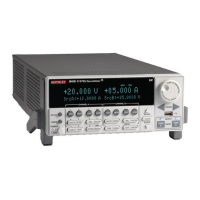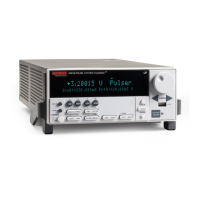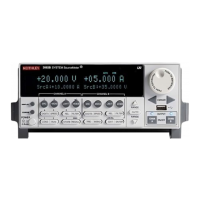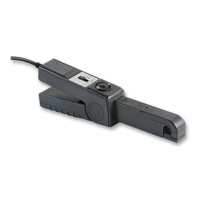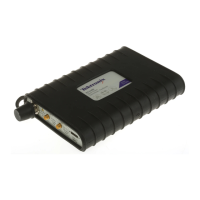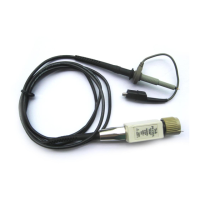High Voltage SourceMeter Instrument Reference Manual Appendix A:
2470-901-01 Rev. A / May 2019 A-3
If you are using TSP, you can set the bit as a constant or a numeric value, as shown in the table
below. To set more than one bit of the register, you can send multiple constants with + between them.
You can also set standardRegister to the sum of their decimal weights. For example, to set bits
B0 and B2, set standardRegister to 5 (which is the sum of 1 + 4). You can also send:
status.standard.enable = status.standard.OPC + status.standard.QYE
If you are using SCPI, you can only set the bit as a numeric value. When zero (0) is returned, no bits
are set. You can also send 0 to clear all bits.
The instrument returns a decimal value that corresponds to the binary-weighted sum of all bits set in
the register.
Bit
Decimal
value
Constant When set, indicates the following has occurred:
All pending selected instrument operations are
complete and the instrument is ready to accept new
commands. The bit is set in response to an
*OPC
(on page A-6) command or TSP opc() (on page
Attempt to read data from an empty Output Queue.
The instrument has been turned off and turned back
on since the last time this register was read.
Command errors include:
• IEEE Std 488.2 syntax error: The instrument received a message that does not follow the
def
ined syntax of the IEEE Std 488.2 standard.
• Semantic error: The instrument received a command that was misspelled or received an
optional IEEE Std 488.2 command that is not implemented in the instrument.
• GET error: The instrument received a Group Execute Trigger (GET) inside a program message.
Constants are only available if you are using the TSP command set. If you are using the SCPI
command set, you must use the decimal values.
Example
*ESE 129 sets the Status Enable register of the Standard Event
Register to binary 10000001, which enables the PON and OPC bits.
Also see
*CLS (on page A-2)
Standard Event Register (on page B-3)
Status model (on page B-1)

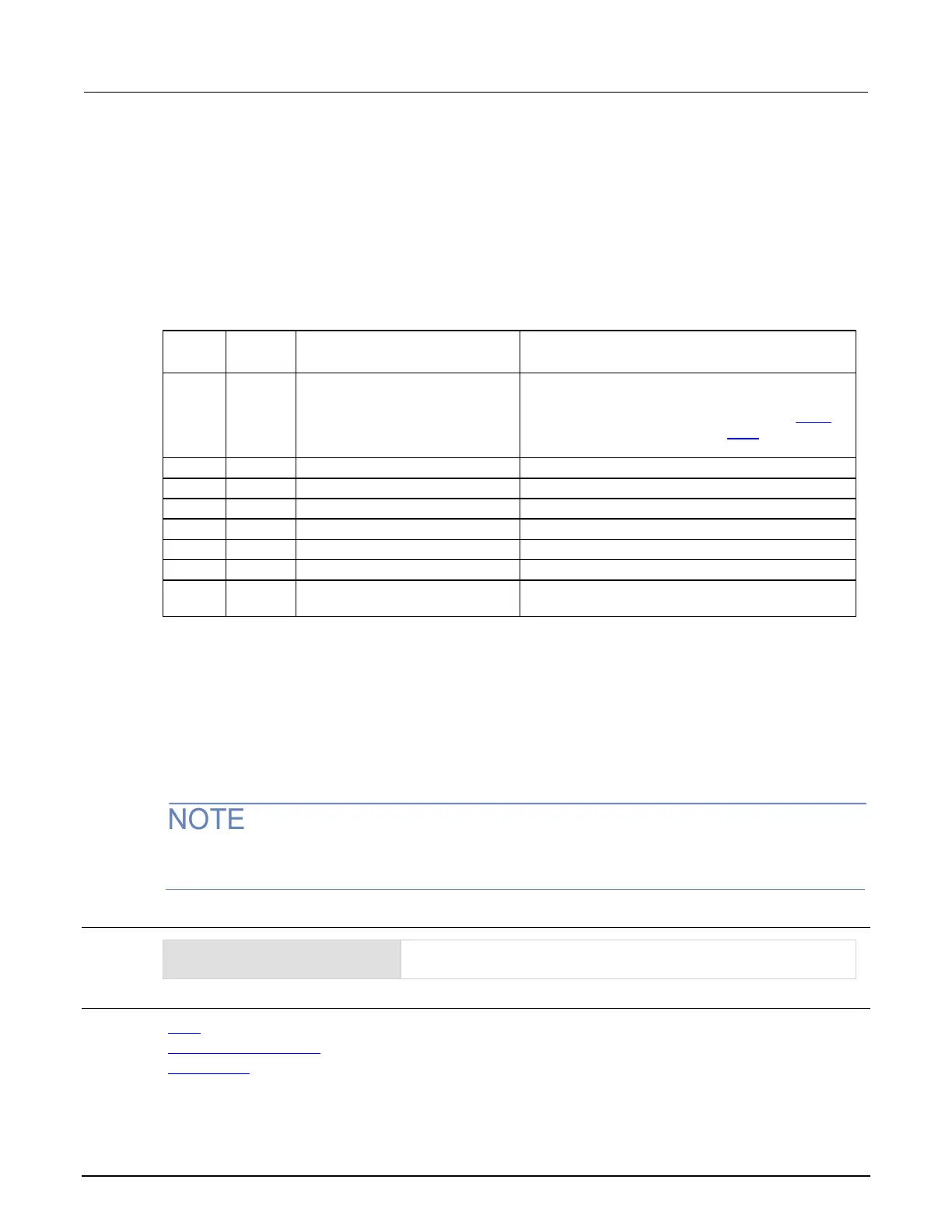